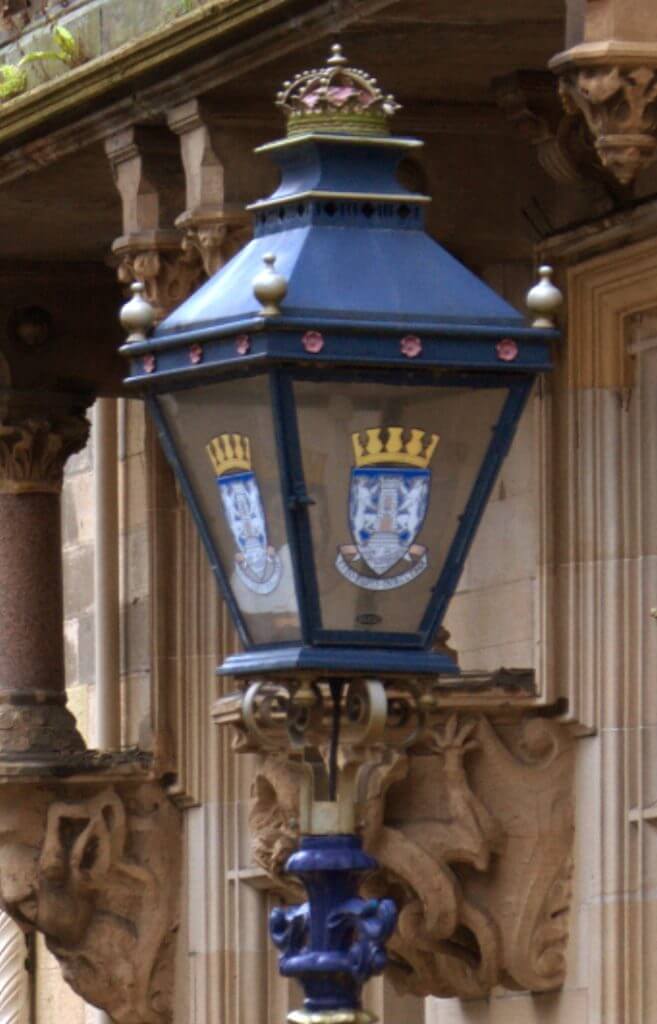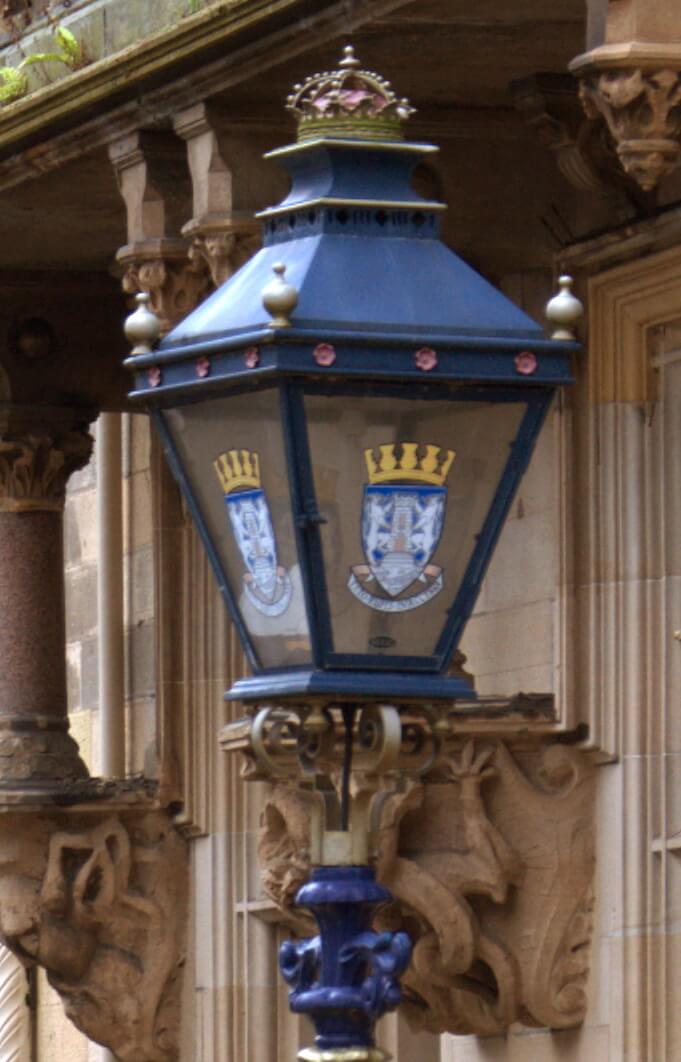The name of Dunfermline has a varied and disputed etymology. The town’s motto/crest, however, has evidence of the town’s proud links to Malcolm Canmore and the purpose of his establishing it. Esto rupee inaccessa, “this unsurmountable rock” or ‘never to be conquered’ includes two lions, a depiction of Canmore’s tower and the motto.
As a royal burgh town there were entitlements to trade at the ‘Mercat cross’ and of course pay liable taxes to the burgh council and parliament. David, I introduced the idea of ‘a burgh’ in 1153 throughout Scotland and as you visit various Fife towns you will see there are a lot with royal burgh status, many from his original instruction.

Each town would establish a cross/trading point and introduce guilds for tradesmen who would generate income for burgh council. The guild also provided security in the job for tradesmen who had served apprenticeships and often passed through families.
However, it was not always used fairly as a record in the 1835 edition of Municipal Corporations (Scotland) shares;
“Daniel Turner, nail manufacturer in Dunfermline, declared, “That after he had made some money, working as a nailer, he came to Dunfermline to carry on his trade as a master manufacturer, and a demand was immediately put on him by the corporation of smiths, to enter with them, to give up his business. He had never heard before of the nailers being obliged to enter with smiths in any town ; however, to save trouble, he agreed to pay them 7s annually for a licence ; – that he was successful in his trade, and when the smiths saw that he was so, they raised his licence to 15s.; that the unfreemen of Dunfermline find the exclusive privileges of the incorporated trades to be a great grievance, and have had it in contemplation to petition parliament to abolish them.””
